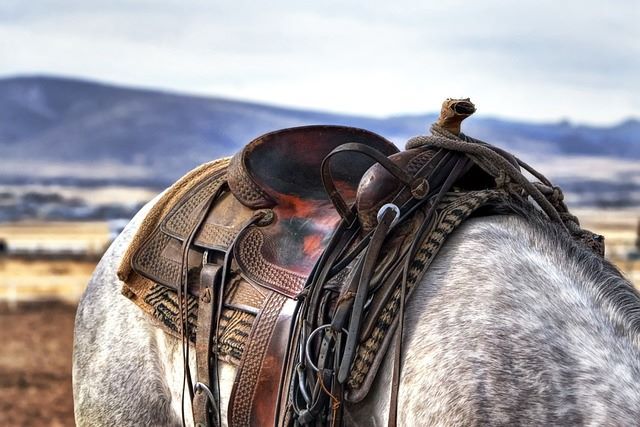Crafting Emotions: The Power of Saddlery to Evoke Feelings
Discover the art of saddlery and how it can be elevated to the level of an art form. Explore the intersection of art and craftsmanship and how utilitarian objects can also present an aesthetic proposal.





